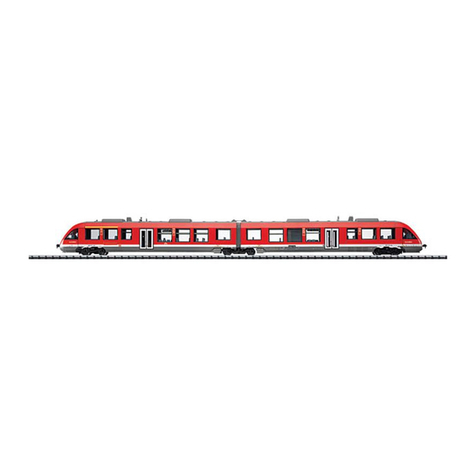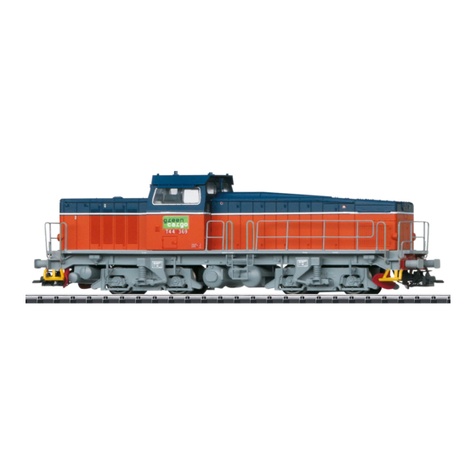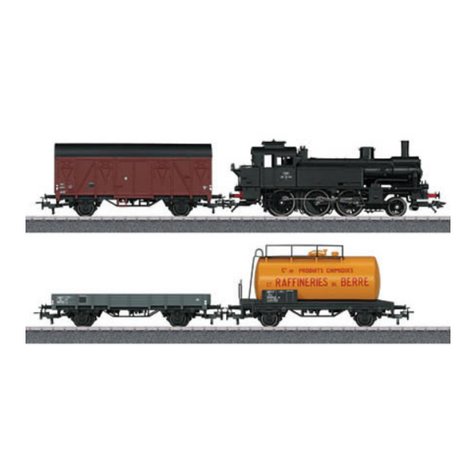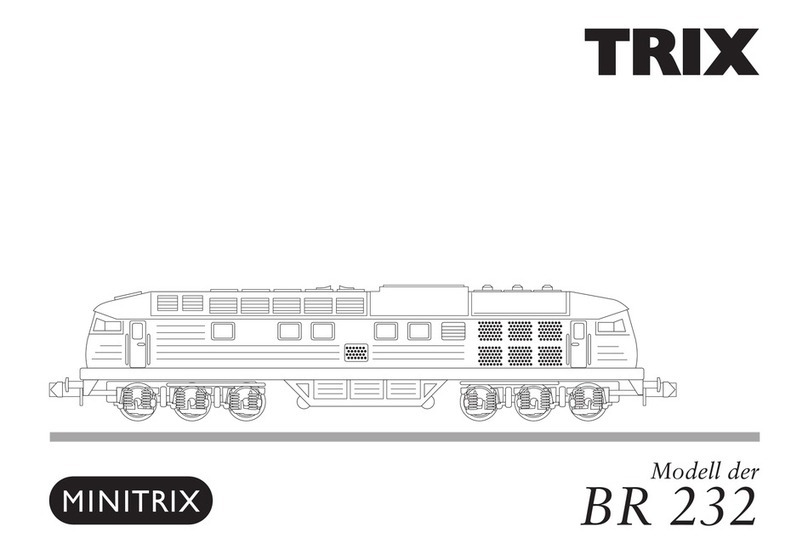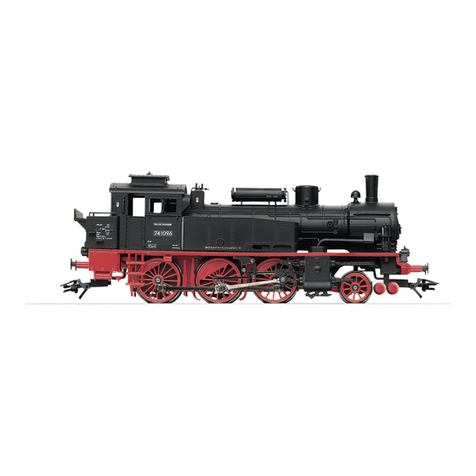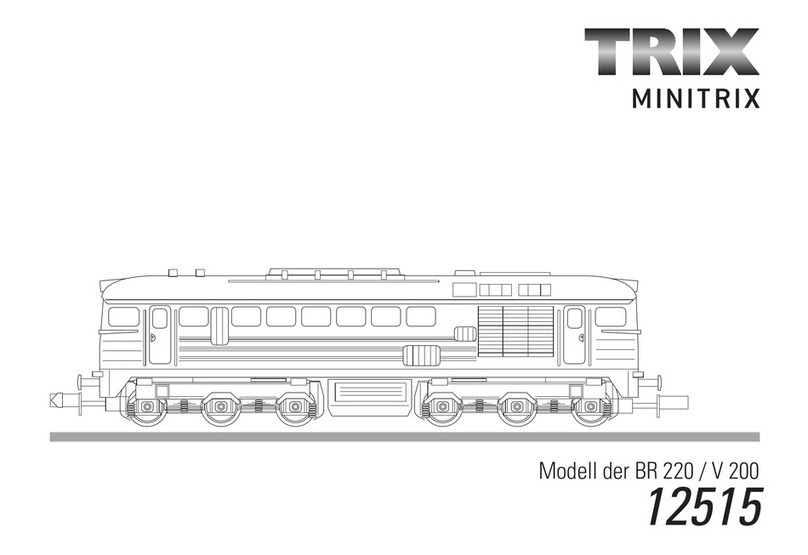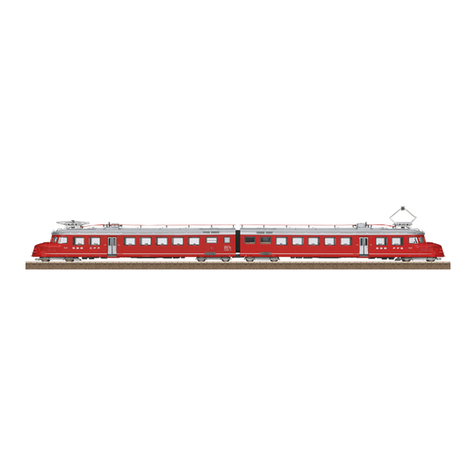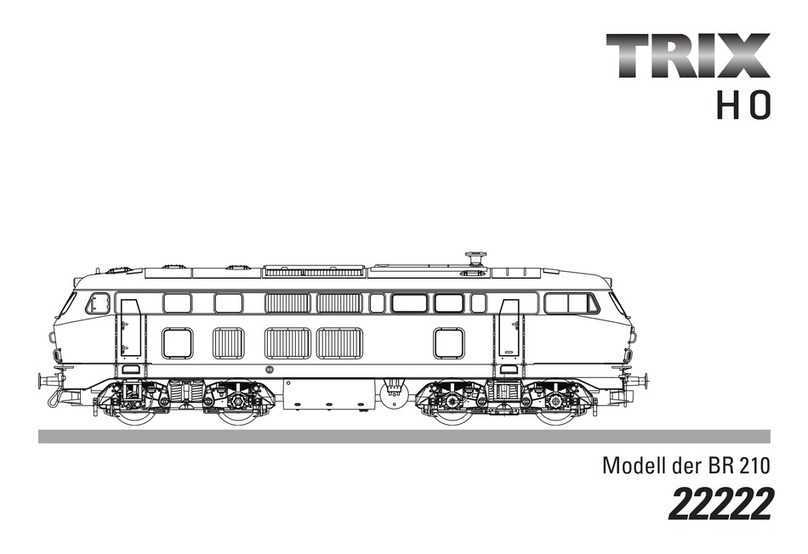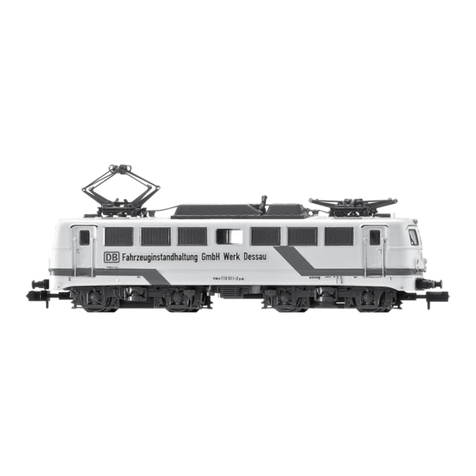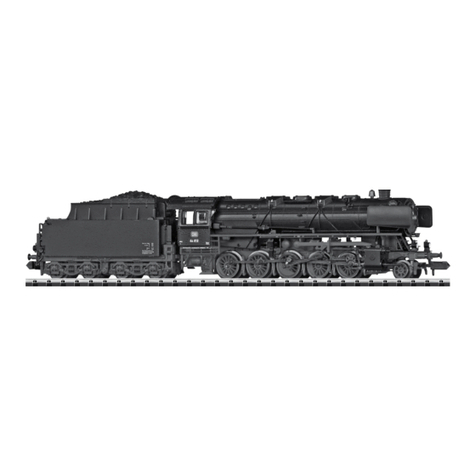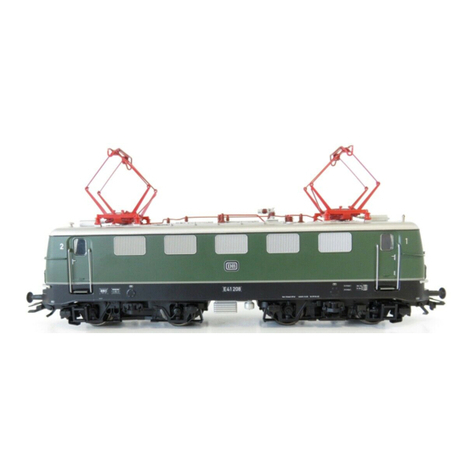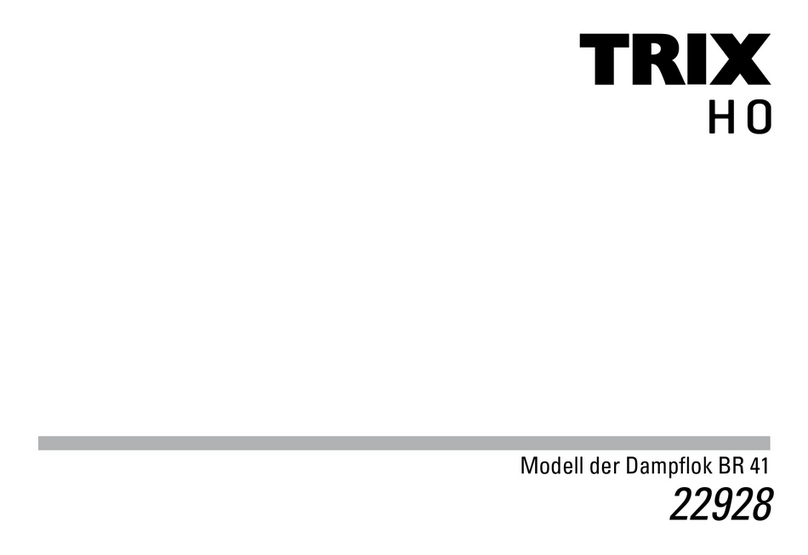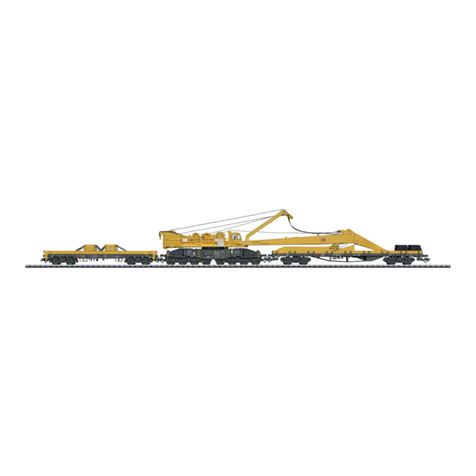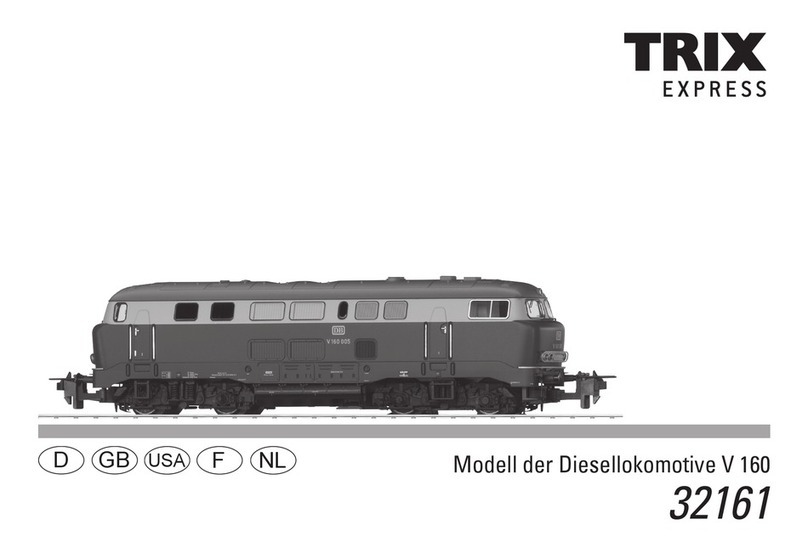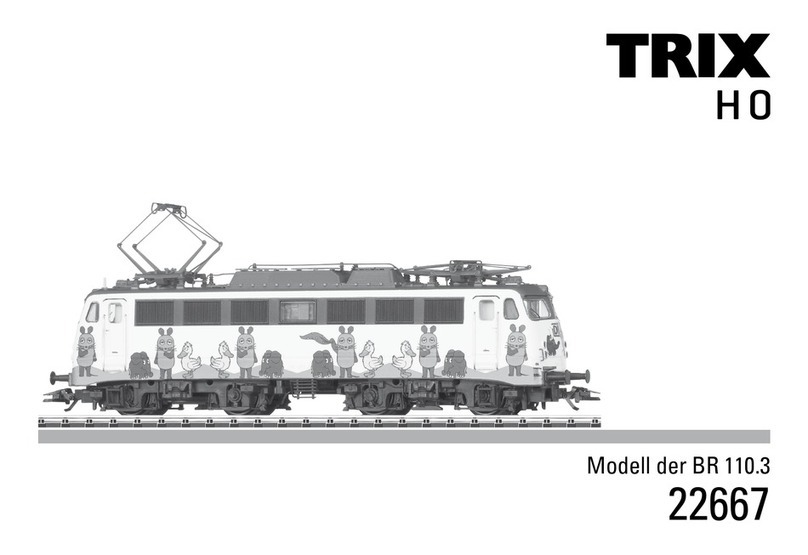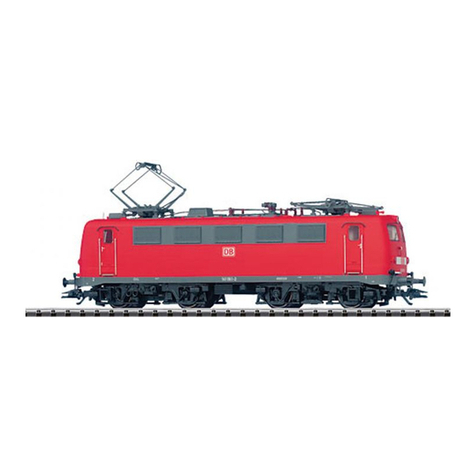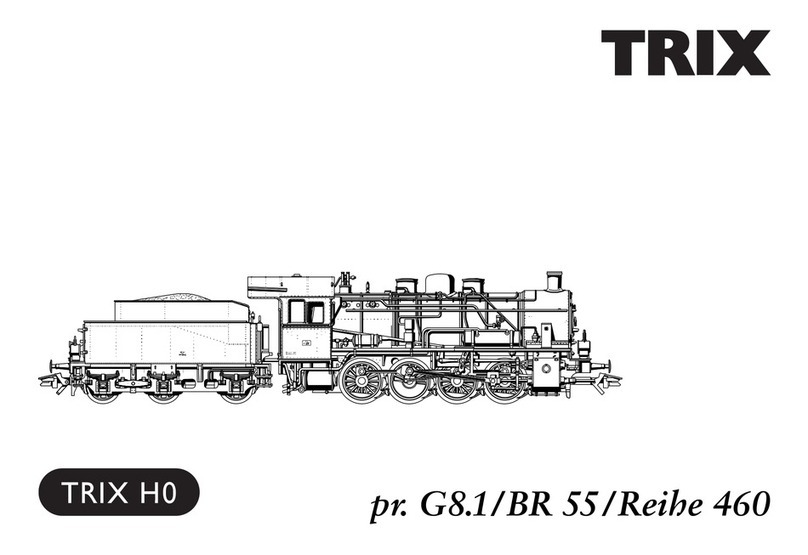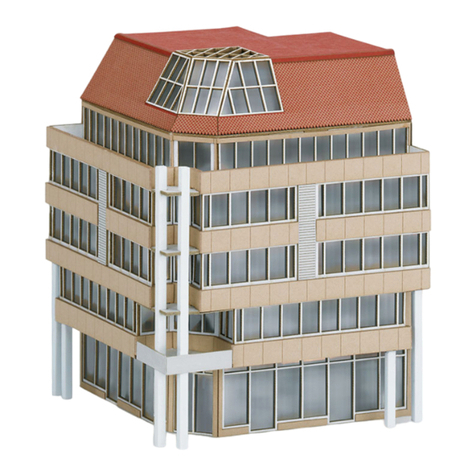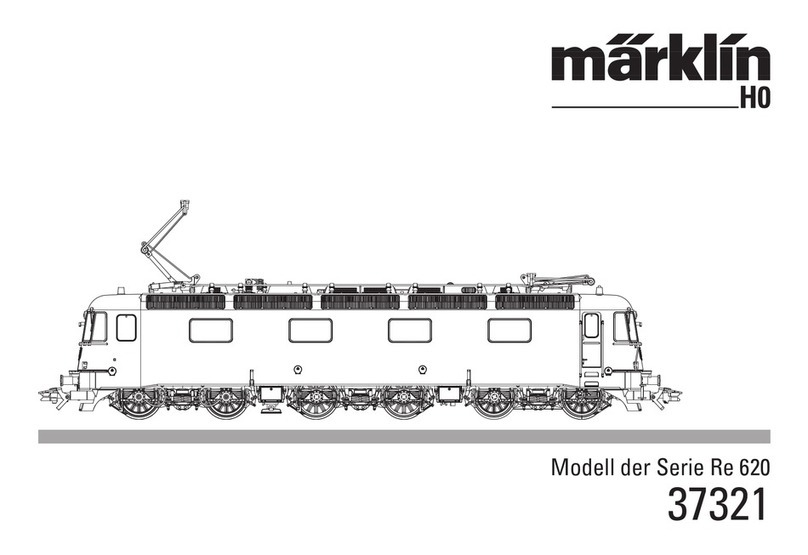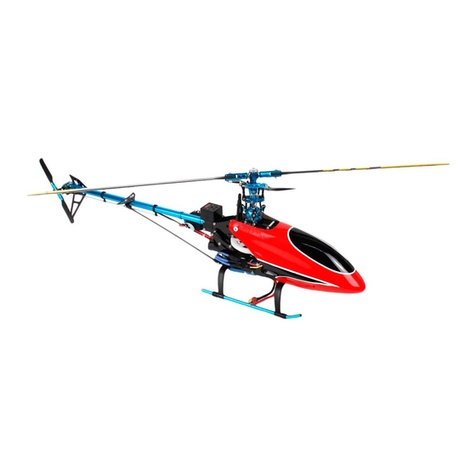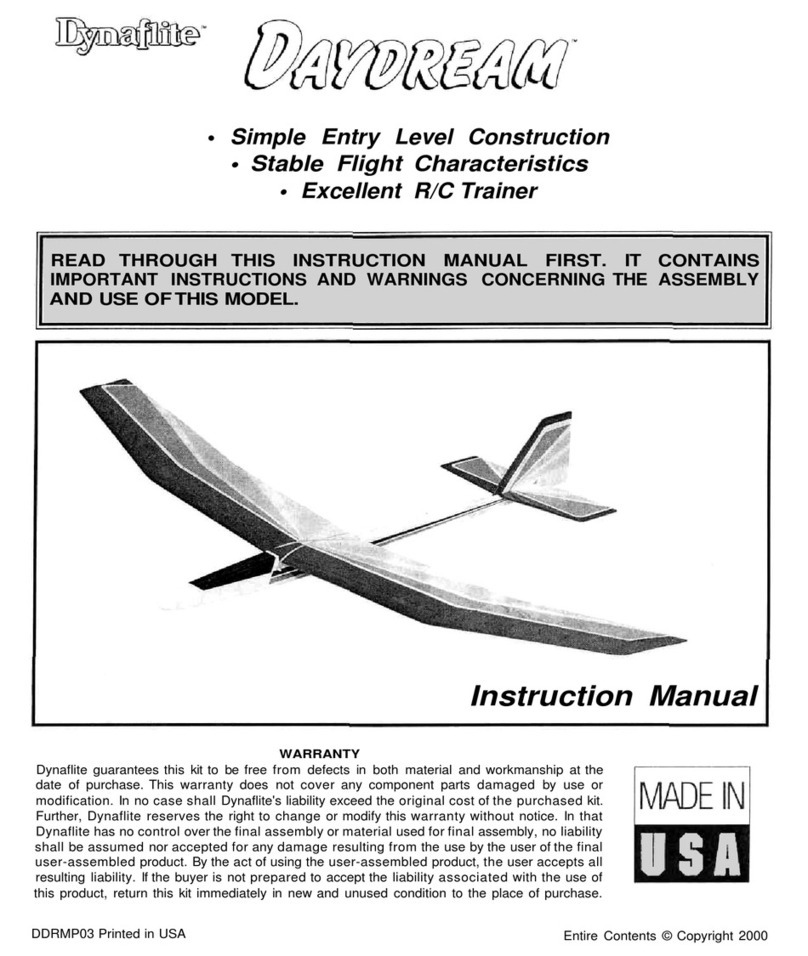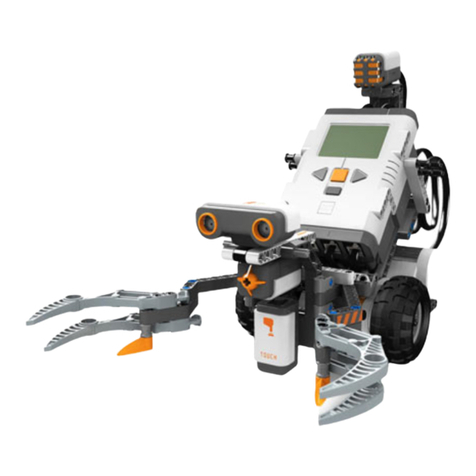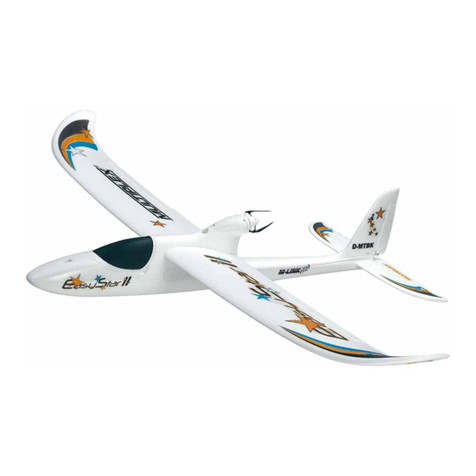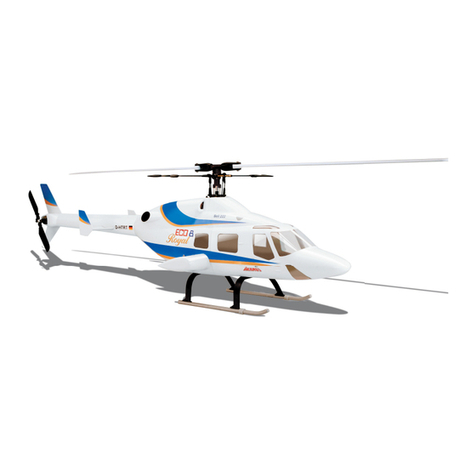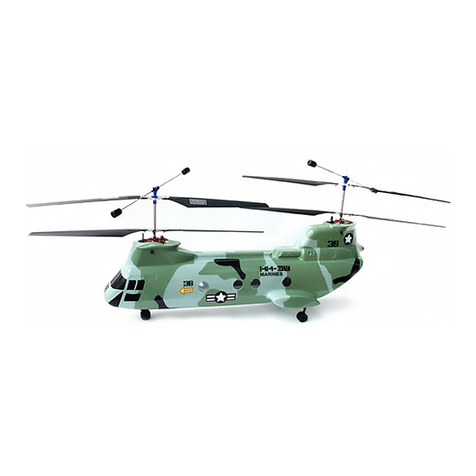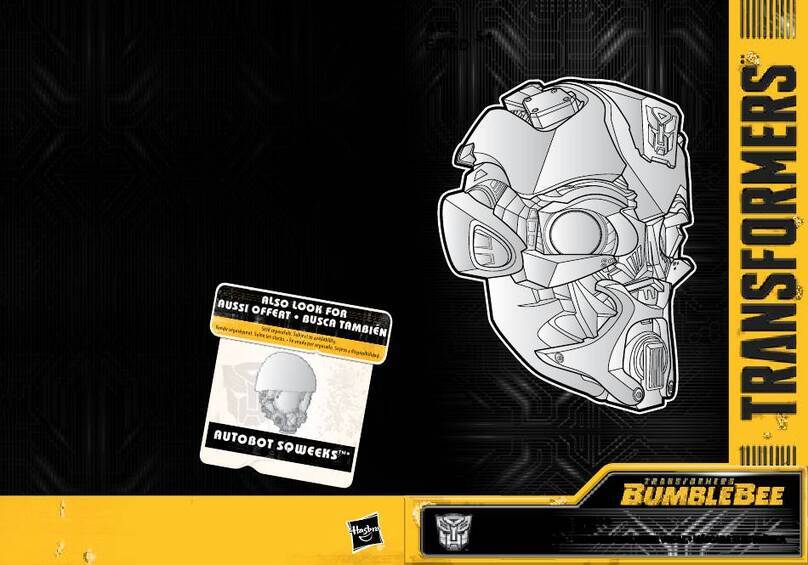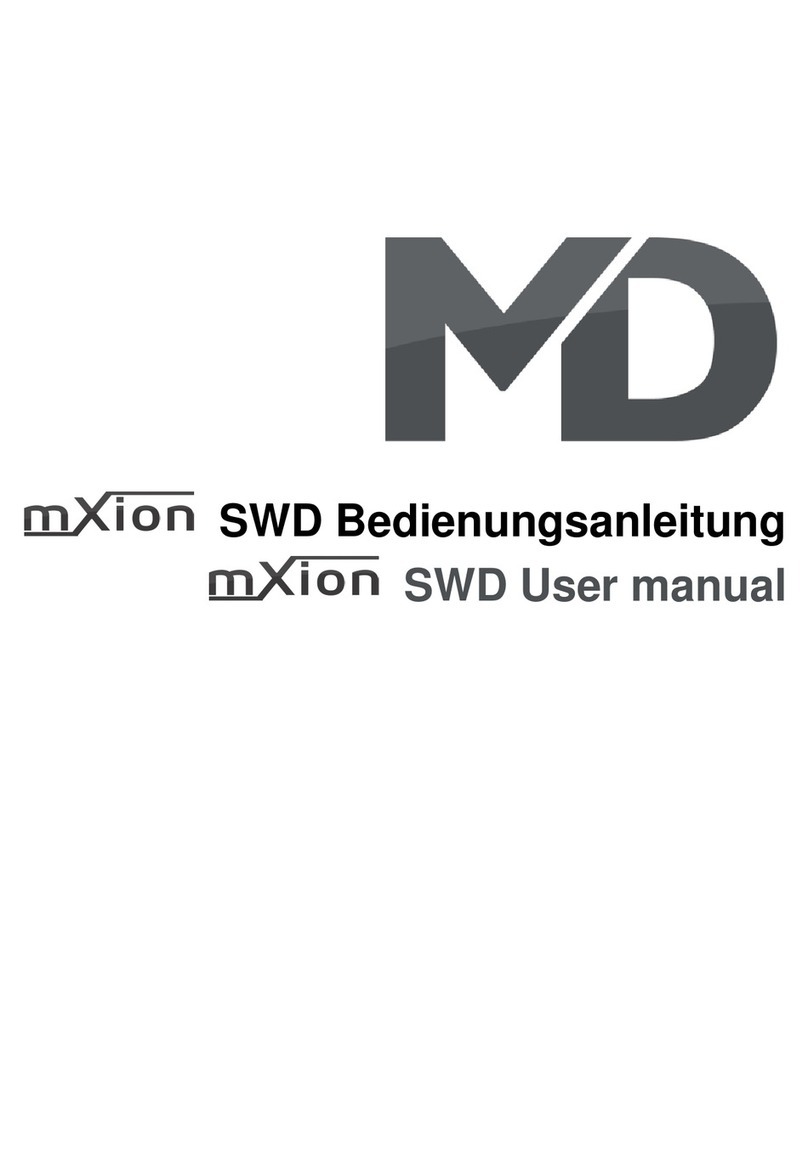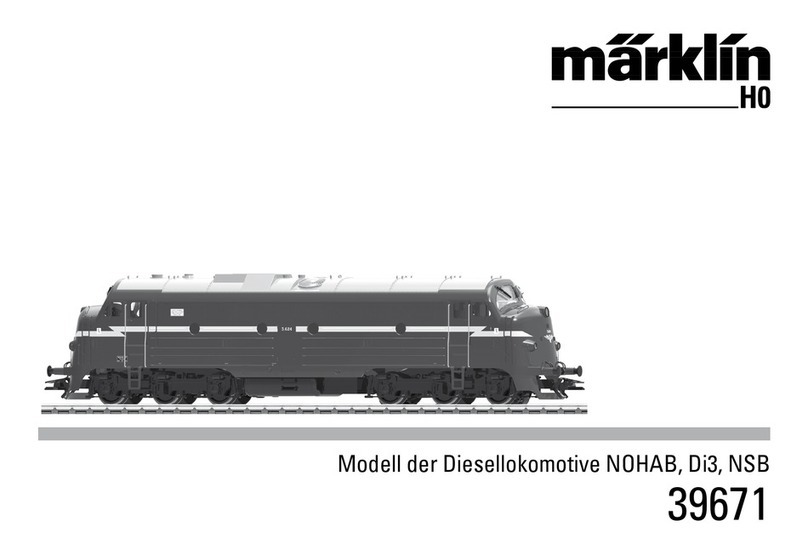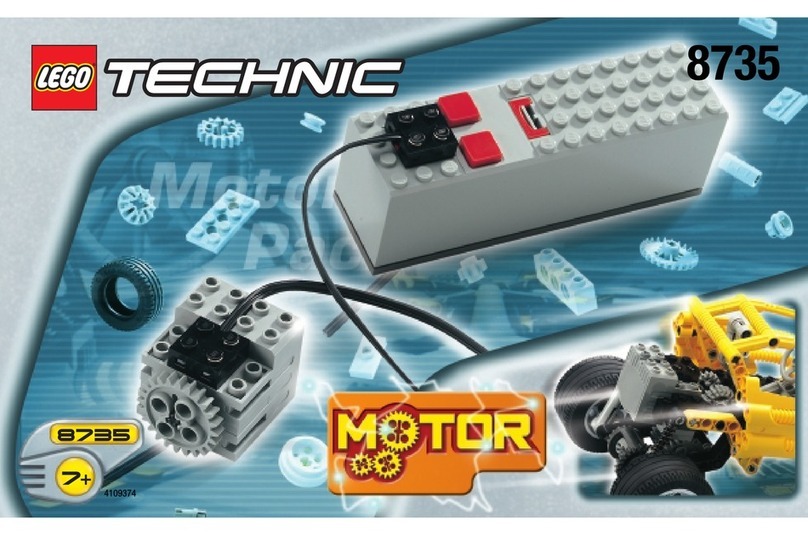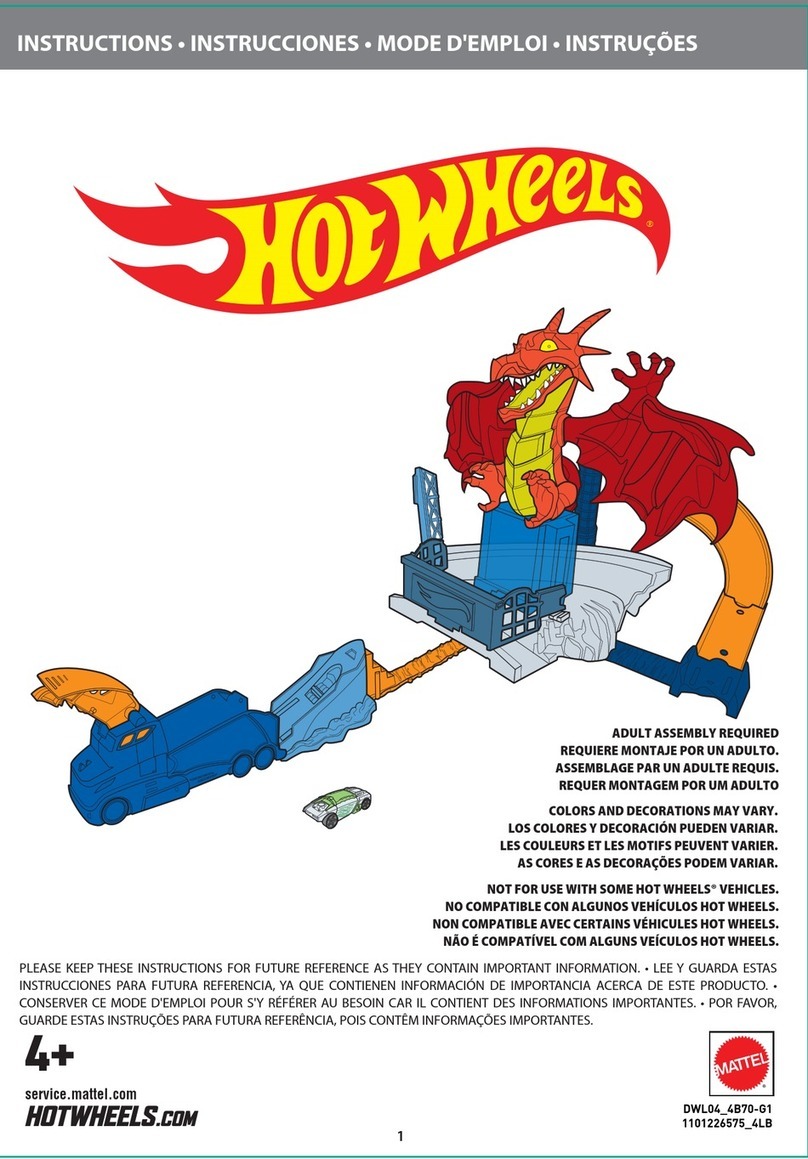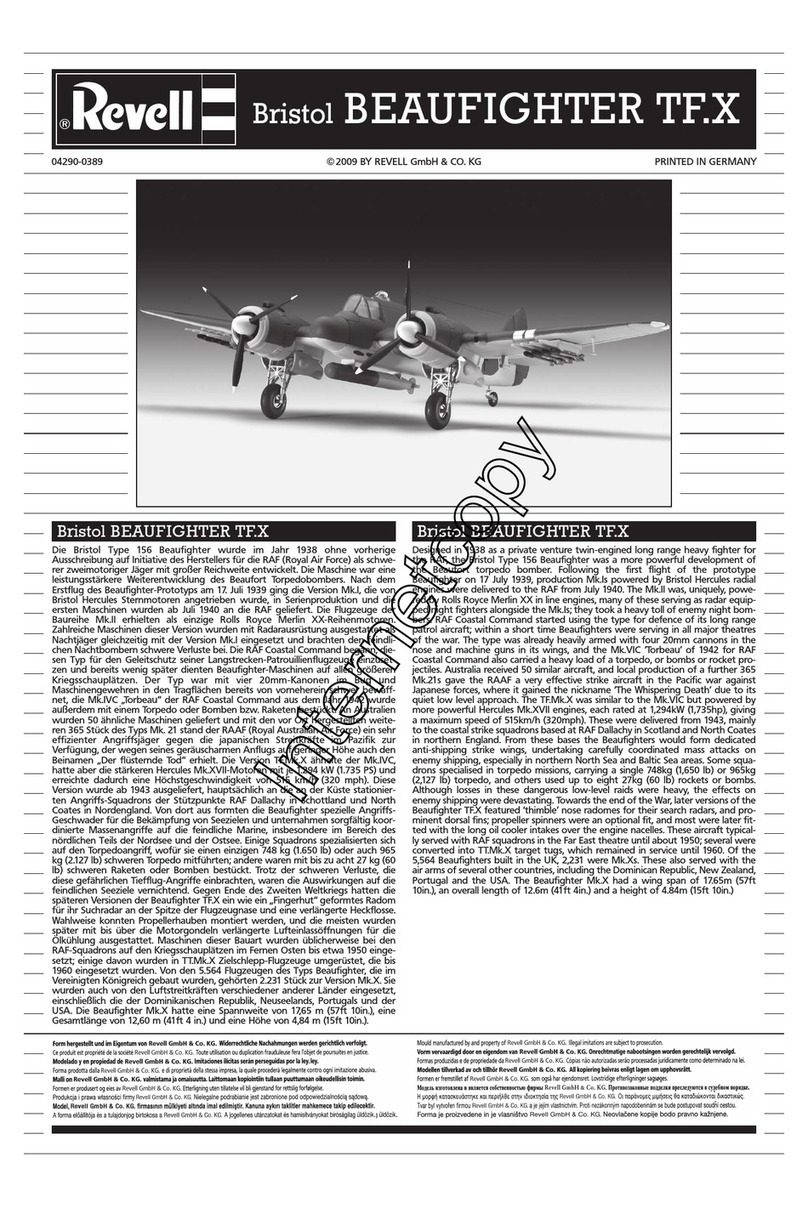
5
Information about the prototype
V 200 In 1956 the series production of the first 50 units
of the class V 200 diesel locomotive (redesignated class
220 starting in 1968) was begun, which derived from the
5 prototypes that had been tested starting in 1953. These
locomotives were built by the companies ATLAS-MaK and
Krauss-Maffei.
The V 200 was powered by two V-12 diesel motors that were
delivered by MAN, Maybach (MTU) or Daimler-Benz (MTU).
With an exhaust gas torbocharger, each motor provided
1,100 horsepower, even 1,350 horsepower with the class 221
successor series (starting in 1962). These immense power
plants with 64.5 liter (approx. 3,936 cubic inches) and
78.2 liter (approx. 4,772 cubic inches) piston displacement
each had electric starters rated for 13.5 kilowatts (later
20.3 kilowatts). An electric pump would automatically build
up the required motor oil pressure (advance lubrication). A
hydraulic torque converter, that was filled with oil directly
before the locomotive was started, produced the connection
to the running gear for each truck.
The last class 220 units were taken out of service by the
DB in 1984, the class 221 units four years later. Several
locomotives sold abroad as well as several German museum
locomotives can still be seen today.
Informations concernant le modèle réel
L a livrasion des 50 premiéres locomotives diesel V 200
(rebaptisées BR 200 à partir de 1968) a débuté en 1956, sur
la base des 5 prototypes, qui furent mis à l‘épreuve à partir
de 1953. Ces locomotives ont été livrées par les sociétés
ATLAS-MaK et Krauss-Maffei. La motorisation de la V 200 se
composait de deux moteurs Diesel V-12 livtés selon les cas
par MAN, Maybach (MTU) ou Daimler-Benz (MTU).
Grâce au turbo-compresseur, chaque moteur développait
1 100 ch, et même 1 350 ch pour la série suivante 221 (à par-
tir de 1962). Des démarreurs électriques de 13,5 kW chacun
(par la suite 20,3 kW) permettaient de lancer ces énormes
mécanismes moteurs de 64,5 l et 78,2 l de cylindrée. Aupa-
ravant, une électropompe établissait automatiquement la
pression d‘huile-moteur requise (prélubrification). La liason
evec chaque entraînement de bogie était assurée par un
convertisseur de couple hadraulique qui se remplissait
d‘huile juste avant le démarrage.
Les derniéres 220 furent retirées du service da la DB en
1984, ce n‘est que quatre ans plus tard que les 221 subirent
le même sort. Aujourd‘hui encore, il est possible de voir
plusieurs machines vendues à l‘étranger ainsi que quelques
locomotives allemandes de musée.
